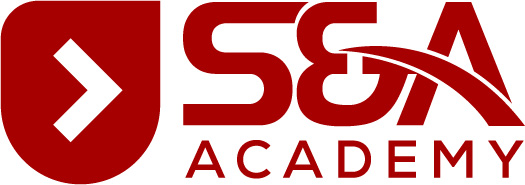Introduction to Agile Project Management and Creating Agile User Stories
Duration: 1 Day (Classroom, Business Site or Remote)

Price
£ 599 per person
*Discounts may apply, contact us.
Introduction
An Agile user story is a concise, informal description of a feature, function, or piece of functionality from an end user’s perspective. It is a fundamental component of Agile software development methodologies, such as Scrum and Kanban, that focus on iterative and incremental development. User stories help agile teams understand and prioritize work from the user’s point of view and ensure that the delivered software aligns with user needs and expectations.
A typical user story follows a simple template:
**As a [type of user], I want [an action or feature] so that [benefit or reason].**
For example:
– *As a customer, I want to be able to track my order online so that I can see when it will be delivered.*
– *As a user, I want to filter search results by date so that I can find recent articles more easily.*
User stories are intentionally brief, focusing on the “who,” “what,” and “why” rather than detailed specifications. They serve as placeholders for conversations between the development team and stakeholders, helping to clarify requirements and expectations. Additional details and acceptance criteria can be discussed and added during sprint planning or grooming sessions.
User stories are often written on physical or digital cards and placed on a team’s task board or backlog to prioritize and track work. They are flexible and can be easily modified or expanded as project needs evolve, making them a valuable tool for maintaining agility in software development.
